Looking for a new place to call home? You might be surprised to learn that dozens of programs across the U.S. make property ownership more affordable—sometimes even free! A few years ago, we highlighted communities offering land for next to nothing. This year, we’re bringing you the latest updates on these programs, along with new opportunities to help you build your dream home. If you love small-town living, DIY renovations, and budget-friendly mortgages, keep reading to discover where you can secure real estate that practically pays for itself.
Curtis, Nebraska
Despite its rural setting, Curtis, Nebraska, is drawing interest with generous relocation incentives. Those willing to trade city life for country living can receive free residential lots by building a single-family home within a designated timeframe. The city also offers cash incentives and even pays families to enroll their children in the Medicine Valley School District. Additionally, free commercial and industrial lots are available to encourage local economic growth, making Curtis an attractive option for both homeowners and business owners.
Lincoln, Kansas [NO LONGER ACTIVE]
Lincoln, Kansas, known as the “Post Rock Capital of Kansas,” previously offered free residential lots to encourage community growth. These fully developed home sites, located near a local baseball field, city park, and junior-senior high school, ranged from 14,000 to 35,000 sq. ft. and included utility hookups. While this program has ended, Lincoln County still offers several housing opportunities, including a Single-Family Housing Guaranteed Loan Program designed to make homeownership more affordable for low- to moderate-income families. For more details on homeownership programs in Lincoln County, visit their Housing Opportunities page.
Elwood, Nebraska
Located two and a half hours west of Lincoln, Elwood is a charming small town offering free residential lots to both in-state and out-of-state newcomers. To qualify, buyers must begin construction within one year and occupy the home within two years of purchase. What sets Elwood apart is its down payment assistance program, where the village covers up to 10% of construction costs for homes valued at $25,000 or more. This makes Elwood an appealing option for those looking to build affordably in a welcoming rural community.
Mankato, Kansas
Mankato, a small town of about 900 people in Jewell County, offers free residential lots in its Johnson Addition neighborhood, a peaceful cul-de-sac development. To ensure community growth, buyers must begin construction within six months of acquiring the property. This program presents an incredible opportunity for those looking to invest in a close-knit rural town with long-term potential.
Buffalo, New York
Located in Western New York, Buffalo is a vibrant city on the eastern shore of Lake Erie. While it doesn’t offer free land, the city’s Urban Homestead Program allows buyers to purchase vacant or abandoned homes for below market value—sometimes as low as $1. Though current pricing varies, this program remains an excellent opportunity for those looking to take on a DIY renovation project in a city with strong growth potential.
Claremont, Minnesota
South of Minneapolis, Claremont is a small rural town offering free lots to nine working families through its workforce housing program. However, it’s important to note that recipients must meet income limits and be willing to build modular homes by Arden Home Services, featuring two-bedroom, one-bathroom layouts. Approved applicants must also complete eight hours of homeowner education and apply for a USDA mortgage with assistance from a city-appointed counselor. While construction costs still apply, this program provides a rare opportunity for hardworking families to establish a stable and affordable home in Minnesota.
Grafton, Illinois
Situated at the confluence of the Illinois and Mississippi Rivers, Grafton, Illinois, is offering one-third acre lots in its Grafton Hills neighborhood to qualified applicants. To participate, buyers must put down $5,000 upfront and build a new single-family home within three years to receive a full reimbursement. This program provides an affordable path to homeownership in a scenic Midwestern community, making it an attractive option for those looking to settle in a charming riverfront town.
Finding Your Next Hometown: Opportunities That Pay Off
Relocating—whether to a rural, suburban, or urban area—offers an exciting chance to embrace a new community and lifestyle. If you’re seeking a fresh start with affordable or even free land, these cities might be the perfect place to put down roots. And they’re not alone—across the U.S., from Alaska to Maine, many communities offer incentives to spur economic growth and attract new residents.
While some of these offers may seem too good to be true, remember that these cities genuinely want to grow and are willing to invest in new homeowners to make that happen. Of course, building a home involves more than just securing land, but with free lots or discounted properties, you’ll have extra resources to create your dream home—while helping shape the future of your new town.
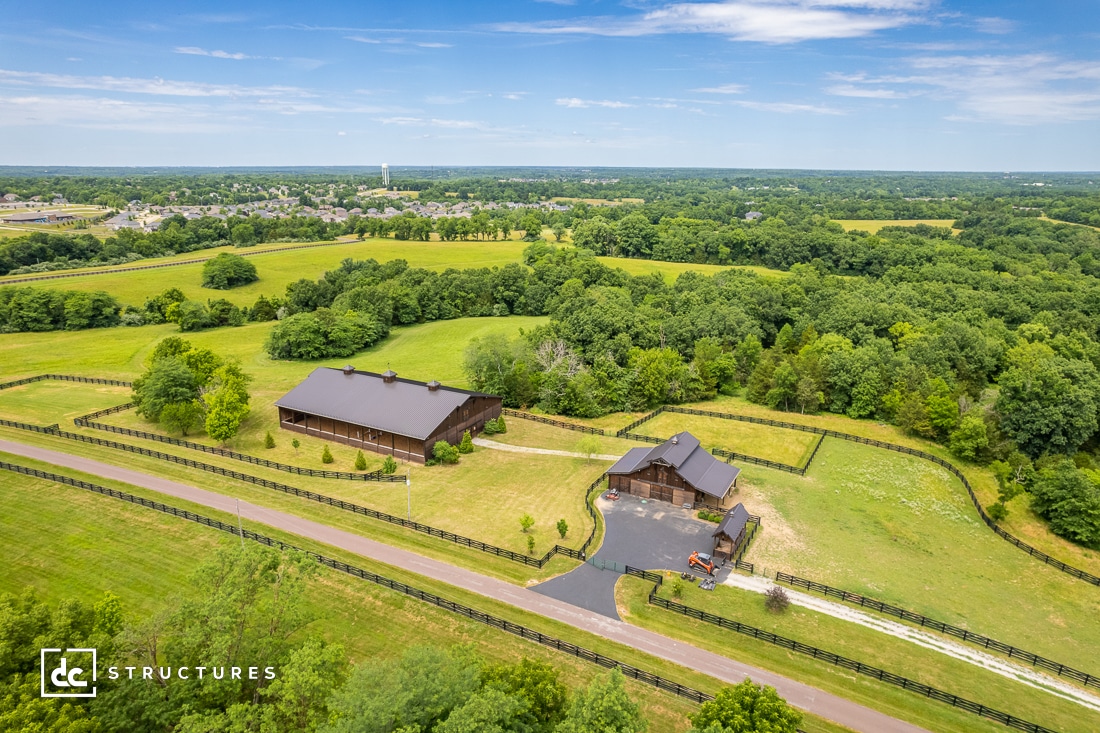
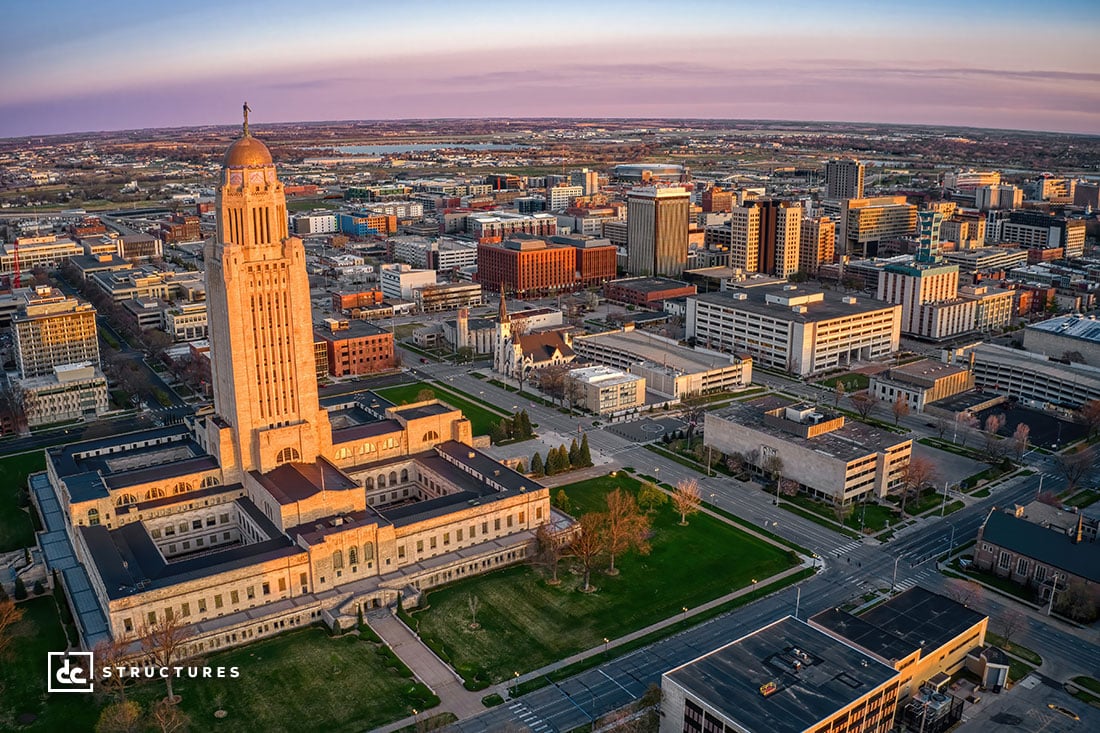
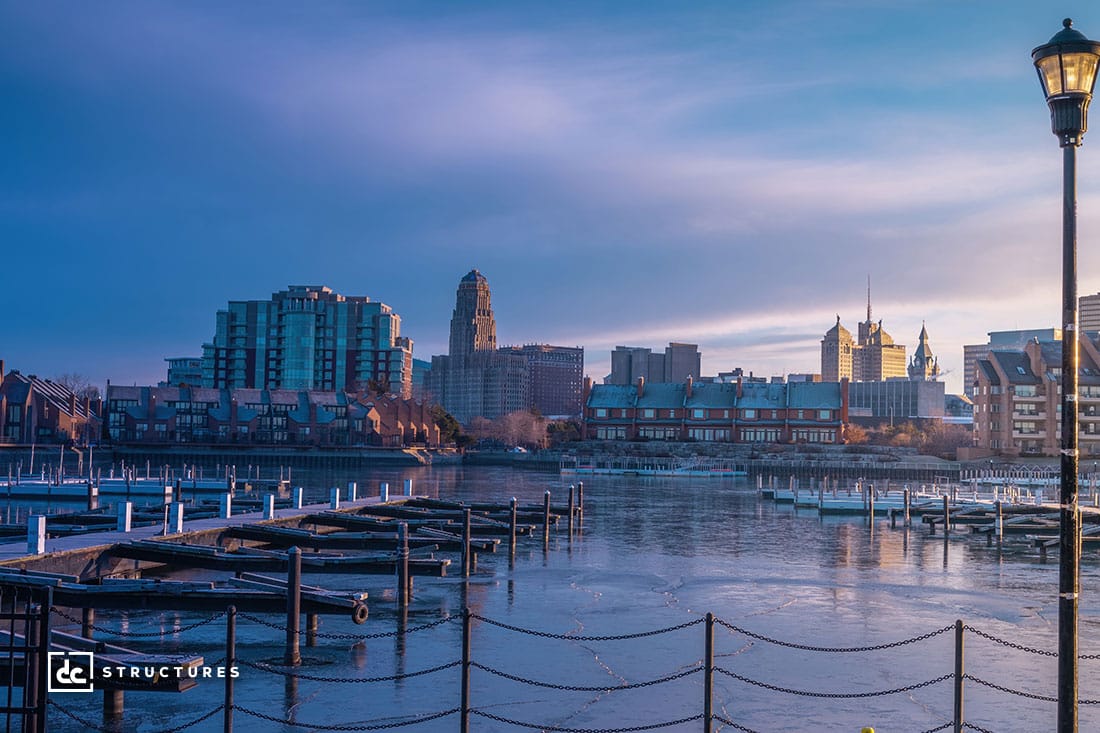
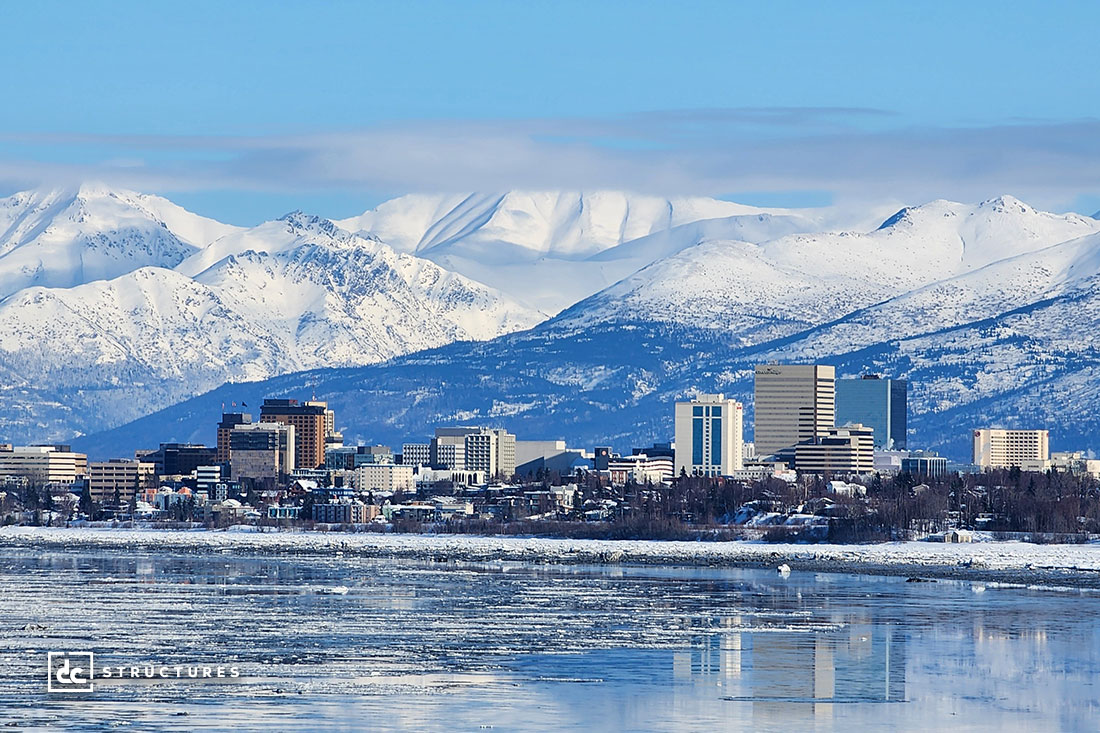

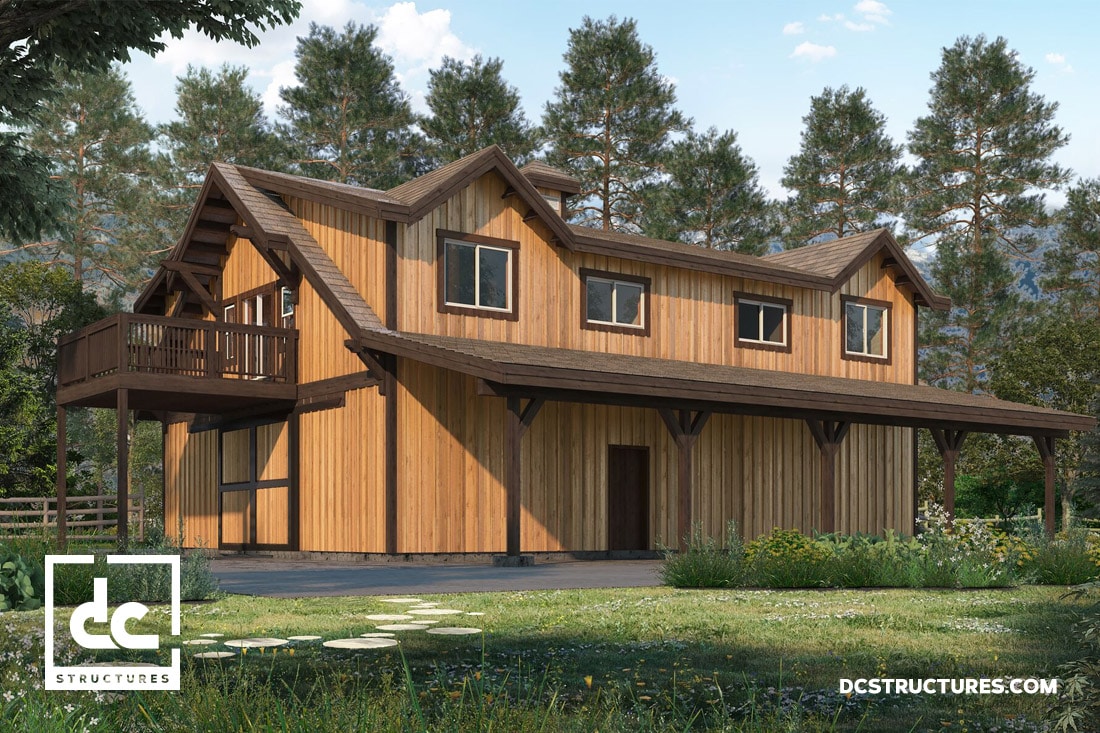
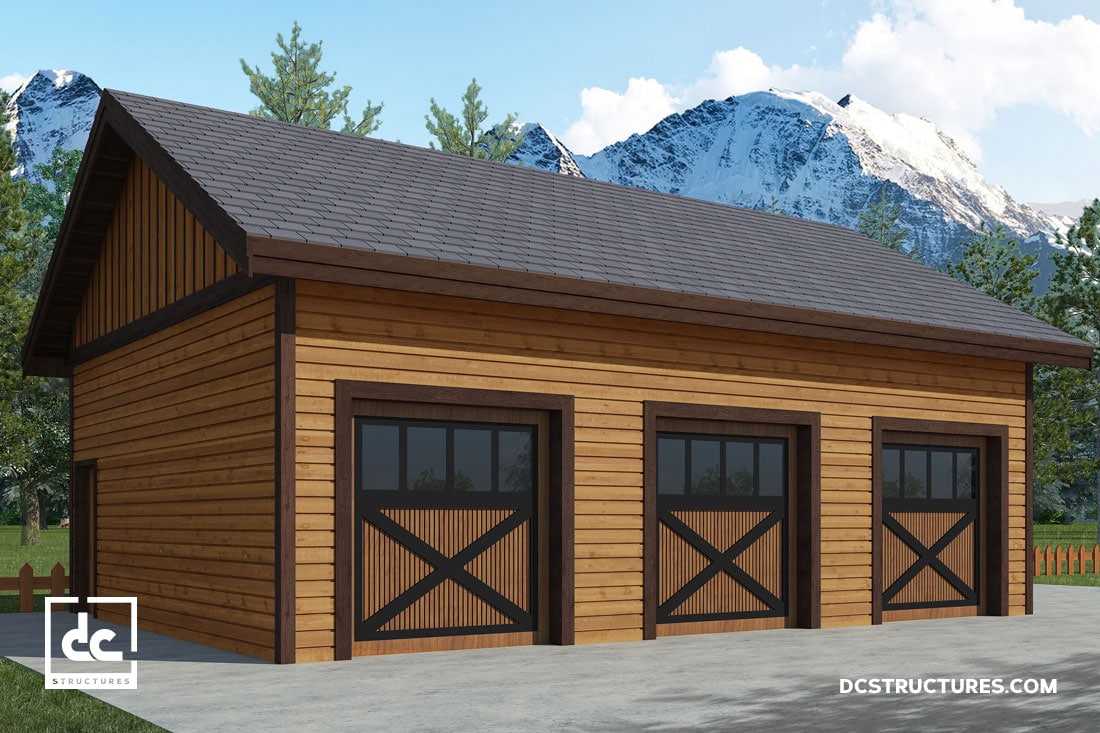
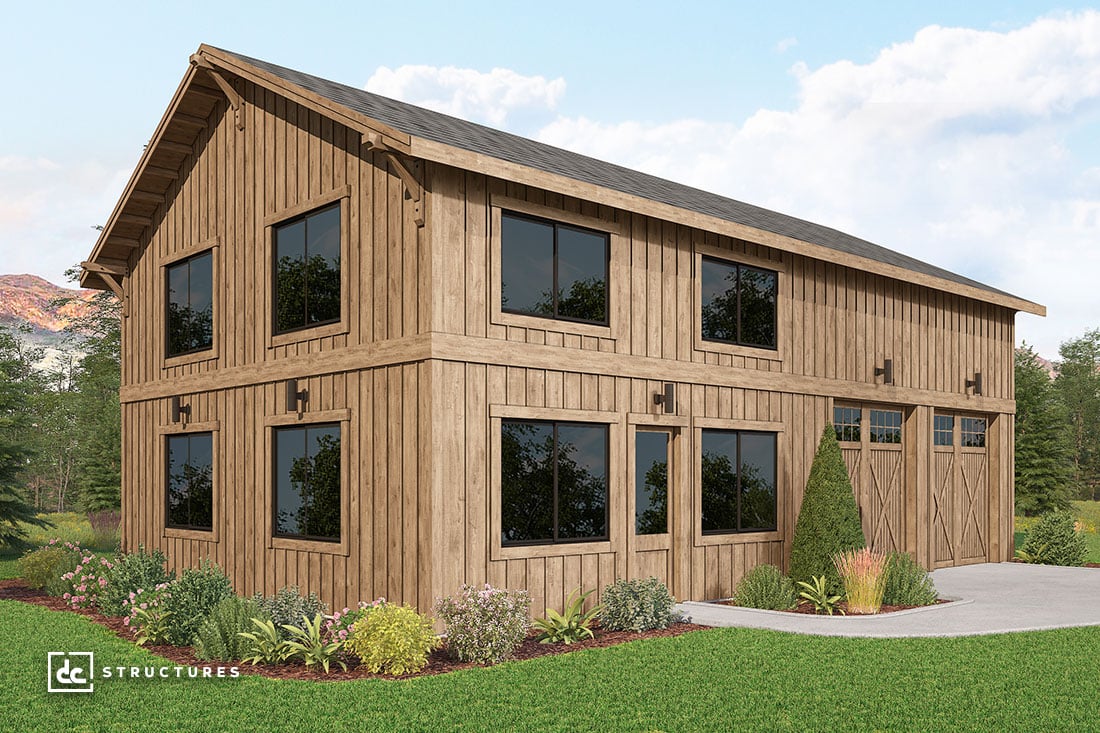
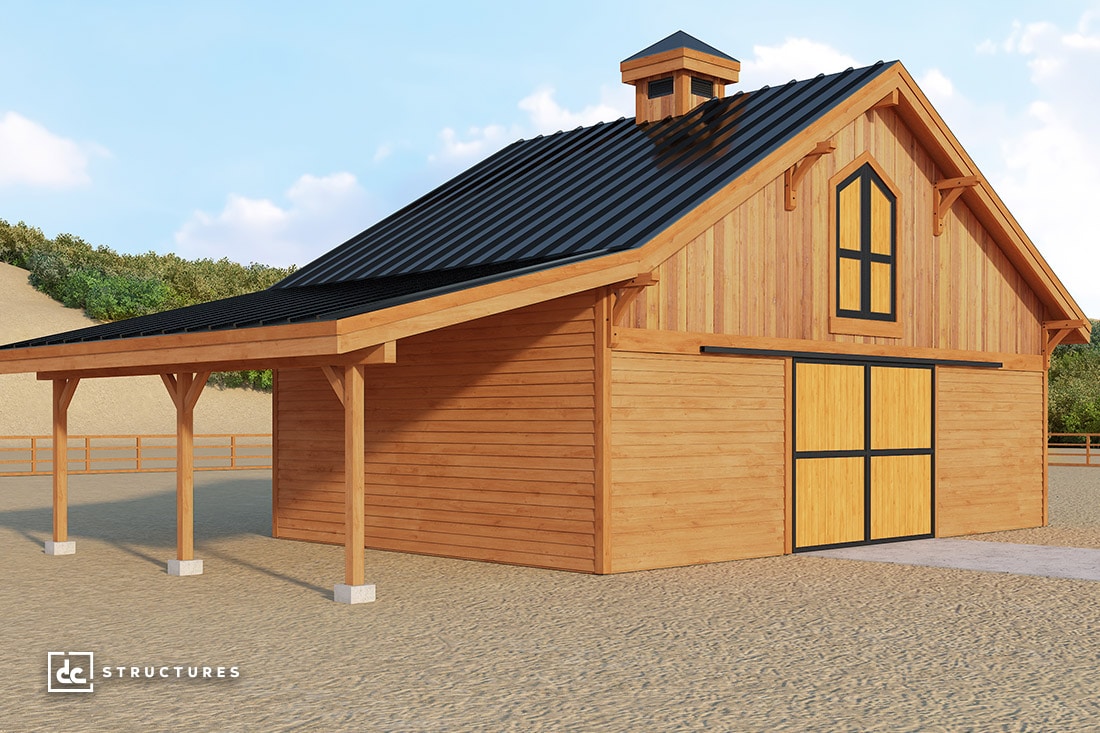
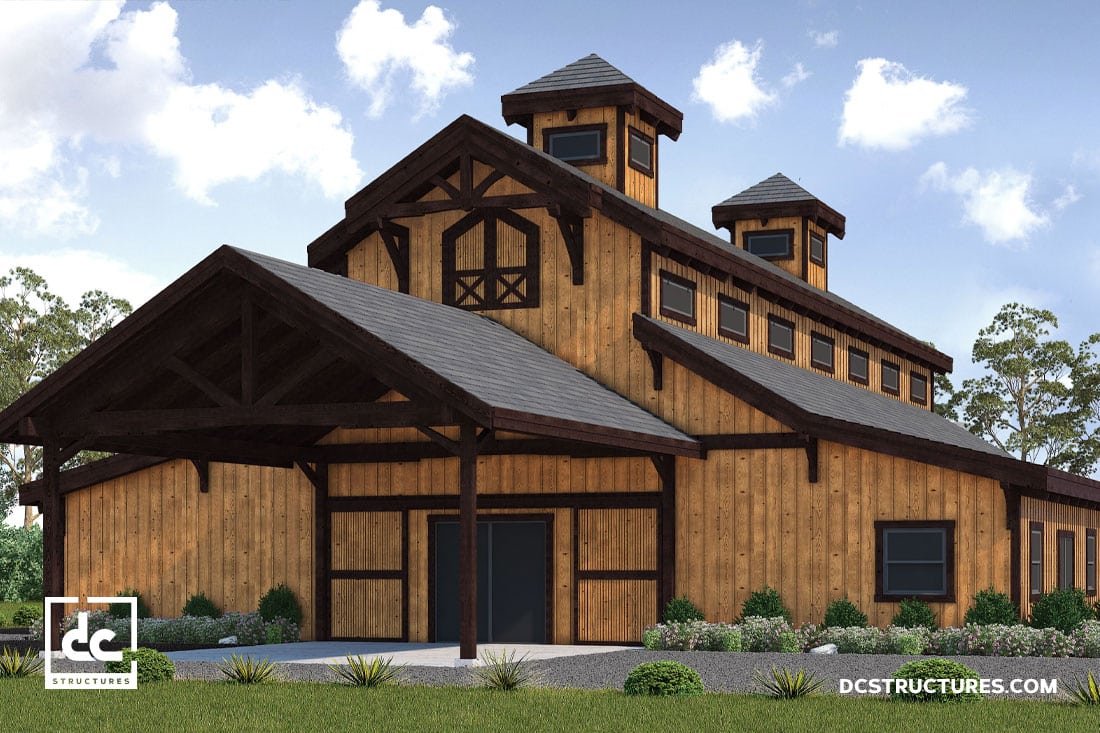
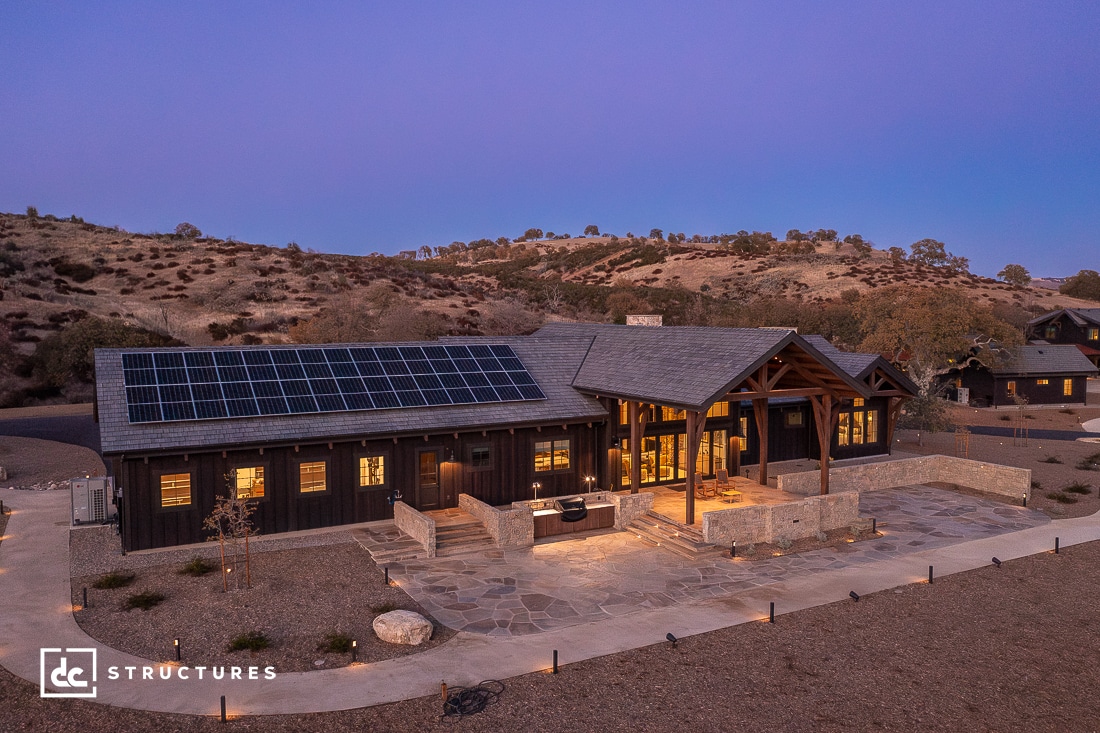
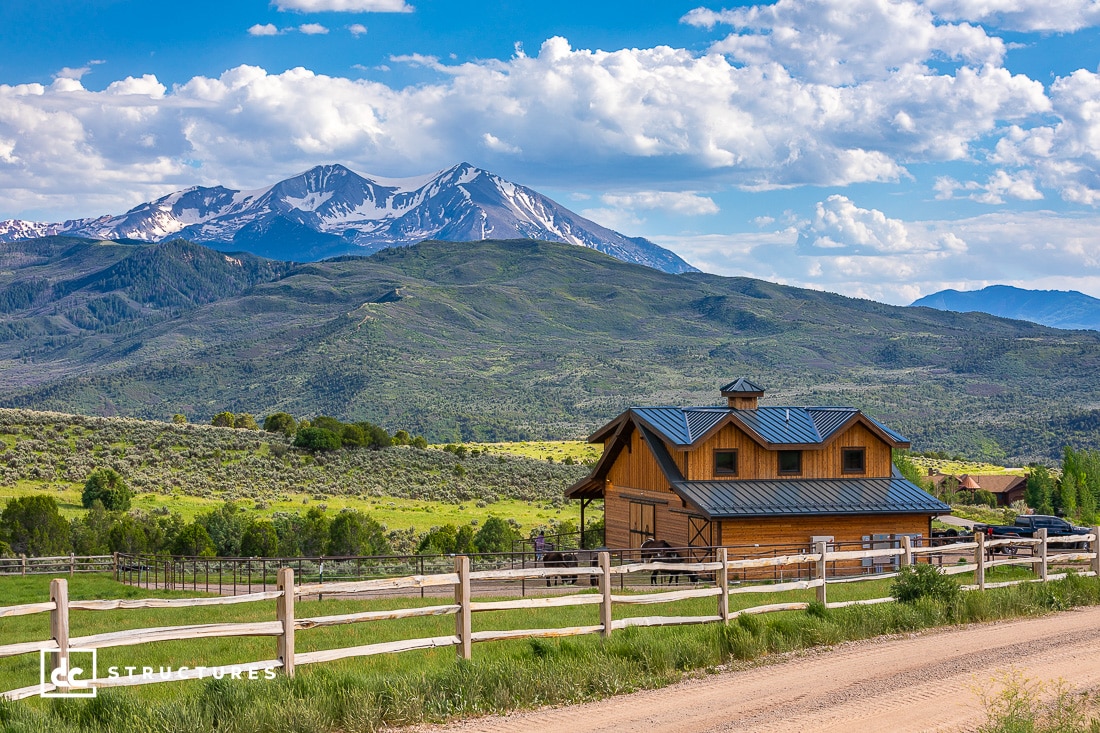 What makes this barn even more special is its dual purpose as a home for our client’s donkeys and other animals—a detail that melted our hearts. As Paulo Coelho once said, “It’s the simple things in life that are the most extraordinary,” and this barn is a perfect testament to that philosophy.
What makes this barn even more special is its dual purpose as a home for our client’s donkeys and other animals—a detail that melted our hearts. As Paulo Coelho once said, “It’s the simple things in life that are the most extraordinary,” and this barn is a perfect testament to that philosophy.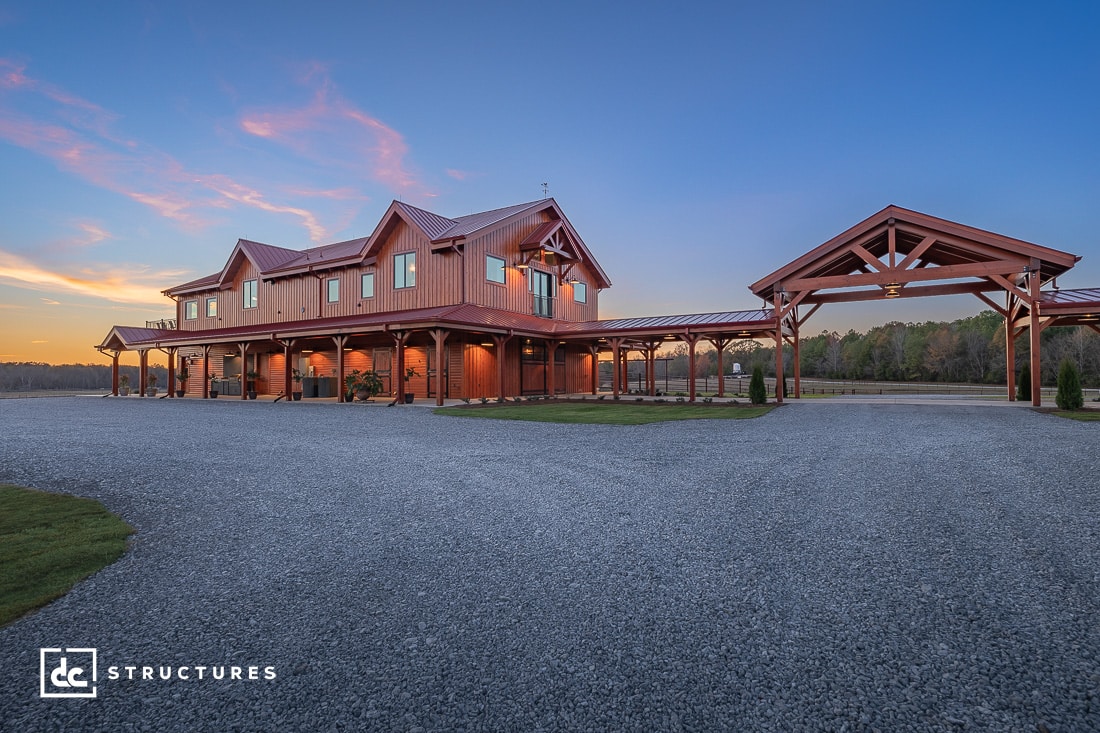 One of the standout features is the custom 2,205 sq. ft. pavilion connecting the main house to a covered riding arena. This one-of-a-kind addition, complete with matching heavy timber roofing, showcases how a vision can come to life with creativity and a willingness to push the boundaries of what’s possible.
One of the standout features is the custom 2,205 sq. ft. pavilion connecting the main house to a covered riding arena. This one-of-a-kind addition, complete with matching heavy timber roofing, showcases how a vision can come to life with creativity and a willingness to push the boundaries of what’s possible.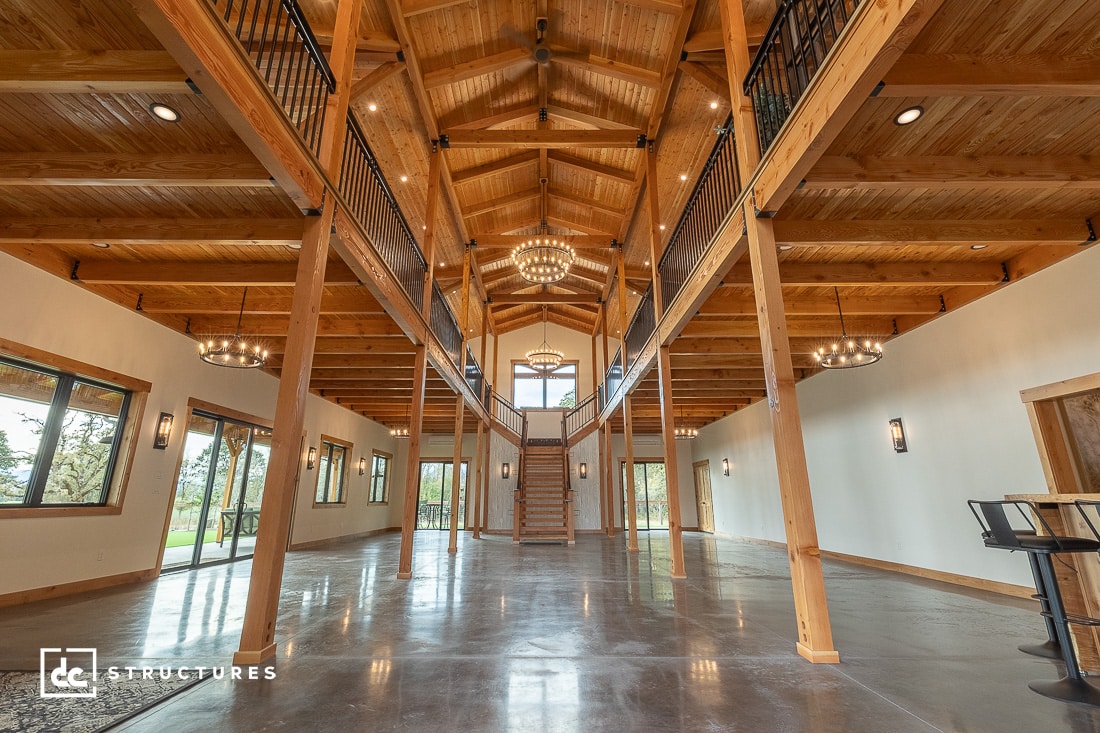 Understated elegance on the outside, paired with an awe-inspiring interior, makes this venue truly one of a kind. With its tall, heavy timber ceilings, gorgeous glass-enclosed office, and incredible warmth and openness, this post and beam building features a breathtaking design that surely will inspire you and your upcoming project.
Understated elegance on the outside, paired with an awe-inspiring interior, makes this venue truly one of a kind. With its tall, heavy timber ceilings, gorgeous glass-enclosed office, and incredible warmth and openness, this post and beam building features a breathtaking design that surely will inspire you and your upcoming project.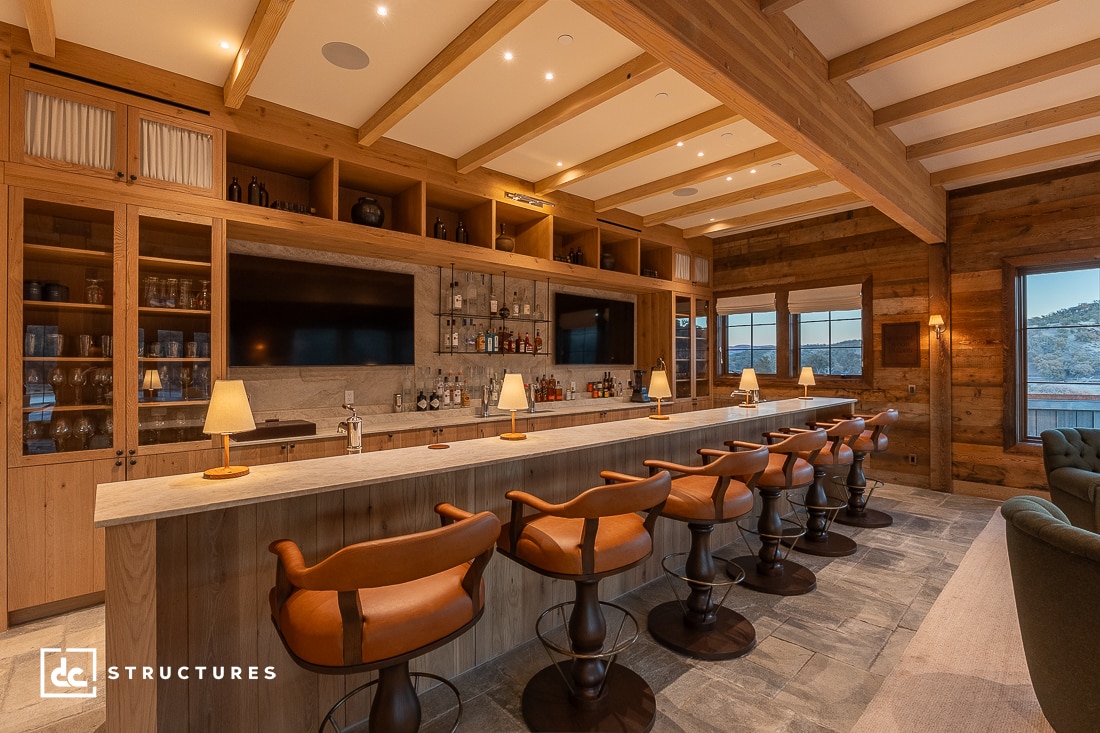 “This was my first project after joining DC, and it really showcased the value of 3D modeling in achieving precision and bringing client visions to life,” says Rochelle Talwar, Lead Interior Designer. “From cabinet layouts to tile installation guides, this project demonstrated how important the details are—and how rewarding they can be when done right.”
“This was my first project after joining DC, and it really showcased the value of 3D modeling in achieving precision and bringing client visions to life,” says Rochelle Talwar, Lead Interior Designer. “From cabinet layouts to tile installation guides, this project demonstrated how important the details are—and how rewarding they can be when done right.”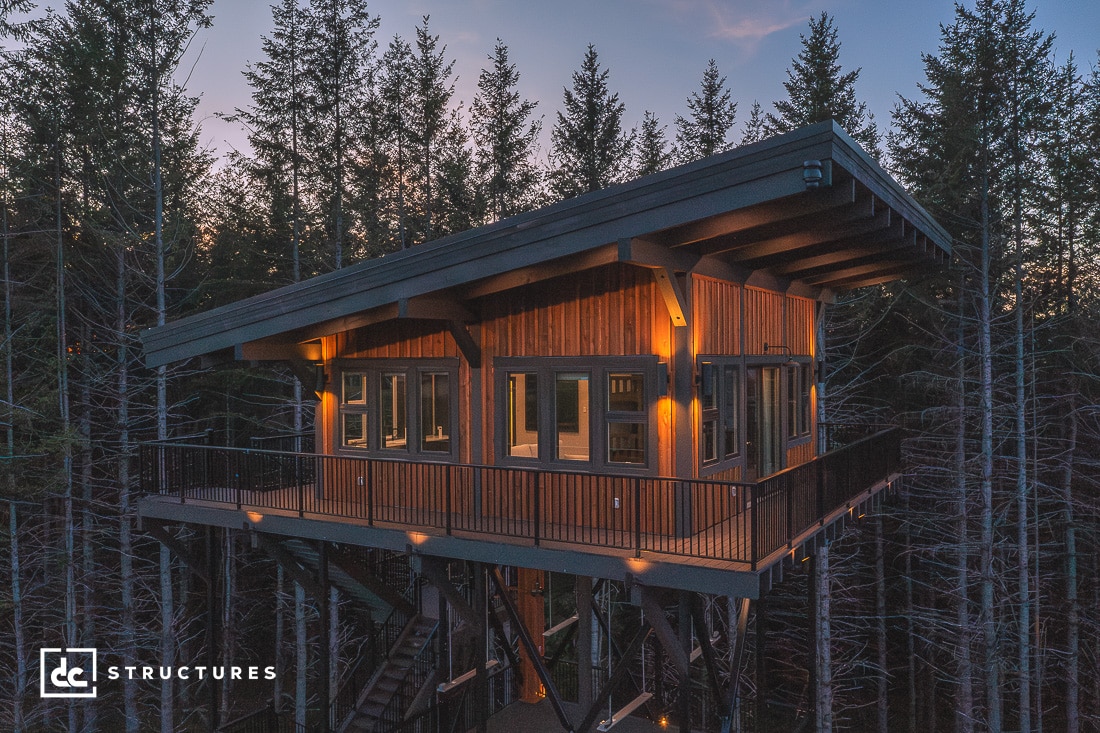 “This project pushed us to think creatively and bring our best to the table,” says Cole Hansen, Vice President of Sales. “It’s a reminder of why we do what we do: creating spaces that inspire and stand the test of time.”
“This project pushed us to think creatively and bring our best to the table,” says Cole Hansen, Vice President of Sales. “It’s a reminder of why we do what we do: creating spaces that inspire and stand the test of time.”
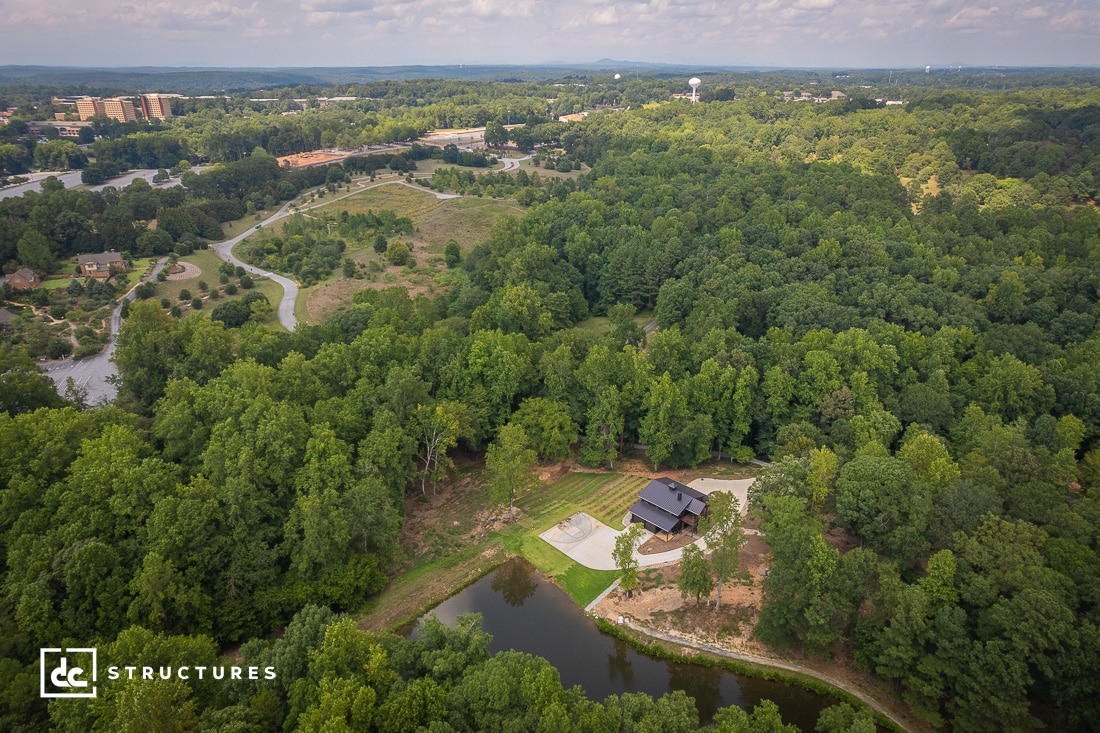 With climate change increasing the frequency and intensity of natural disasters worldwide, our team is more committed than ever to ensuring that your home provides as much impact resistance and safety as possible in any weather or geological event. Even if evacuation is necessary, we want to help you create a hurricane-resistant house you can return to and thrive in again and again—and here are some of the ways we help achieve that:
With climate change increasing the frequency and intensity of natural disasters worldwide, our team is more committed than ever to ensuring that your home provides as much impact resistance and safety as possible in any weather or geological event. Even if evacuation is necessary, we want to help you create a hurricane-resistant house you can return to and thrive in again and again—and here are some of the ways we help achieve that: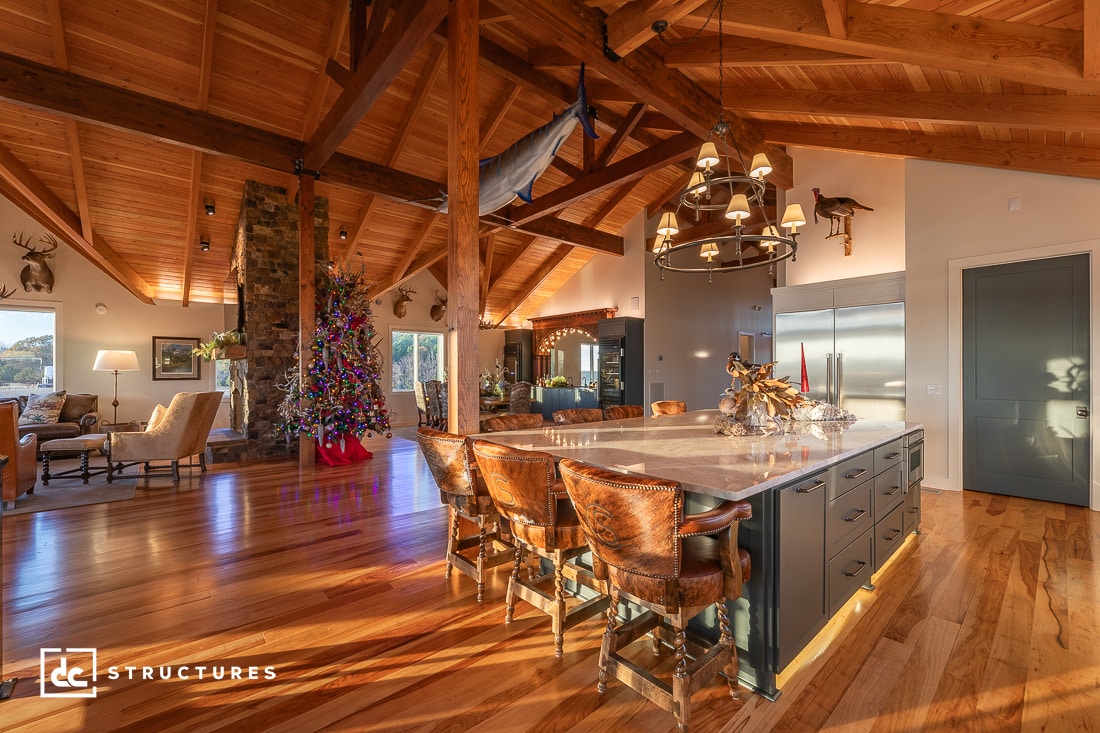 In places like Florida, Texas, and California, we can’t stress enough the importance of building with robust materials like these, considering heavy timber structures are proven to be naturally resilient and perform exceptionally well under extreme conditions like earthquakes, high winds, fires, and other severe climate events. The strength and density of our timbers, along with their naturally energy efficient properties, make them an ideal framing material in disaster-prone areas. This core layer of protection significantly enhances a building’s performance and longevity.
In places like Florida, Texas, and California, we can’t stress enough the importance of building with robust materials like these, considering heavy timber structures are proven to be naturally resilient and perform exceptionally well under extreme conditions like earthquakes, high winds, fires, and other severe climate events. The strength and density of our timbers, along with their naturally energy efficient properties, make them an ideal framing material in disaster-prone areas. This core layer of protection significantly enhances a building’s performance and longevity. Impact-Resistant Windows & Doors
Impact-Resistant Windows & Doors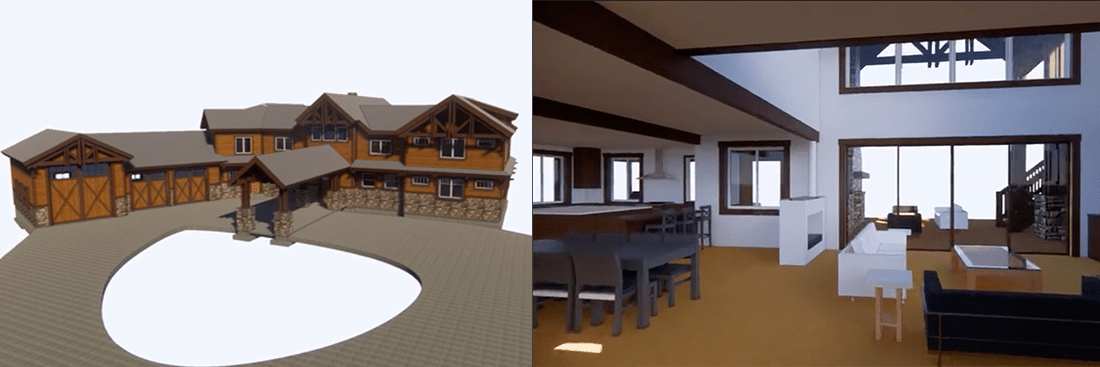 Precise 3D Design & Engineering
Precise 3D Design & Engineering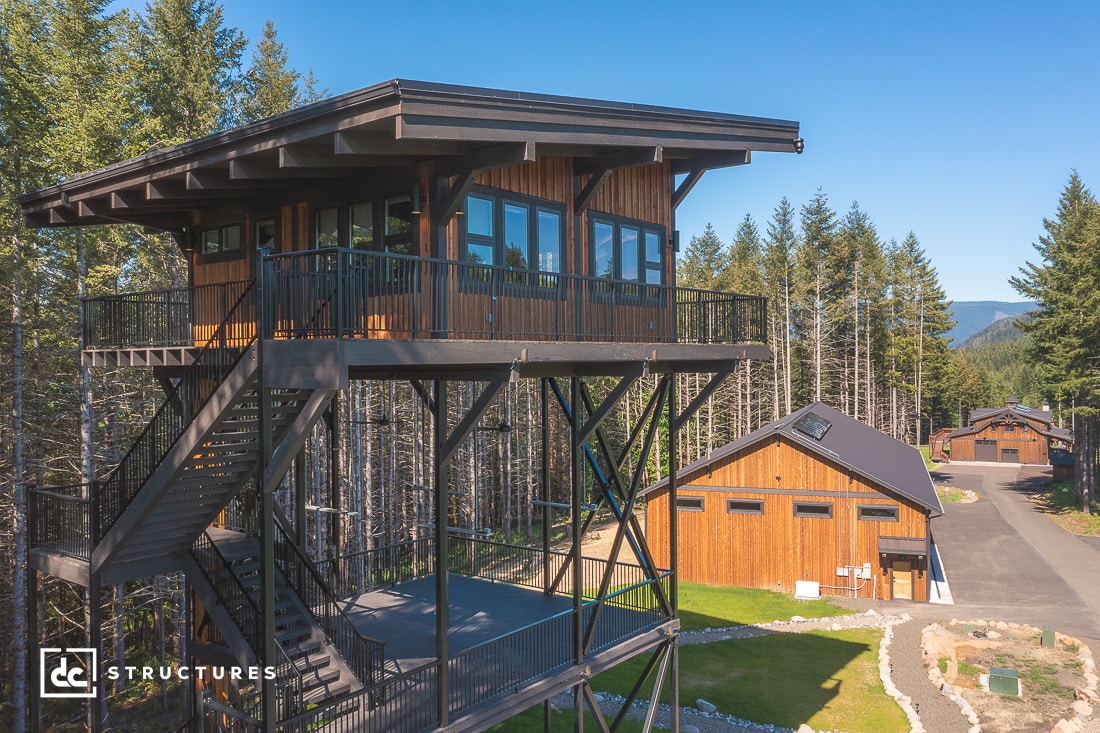

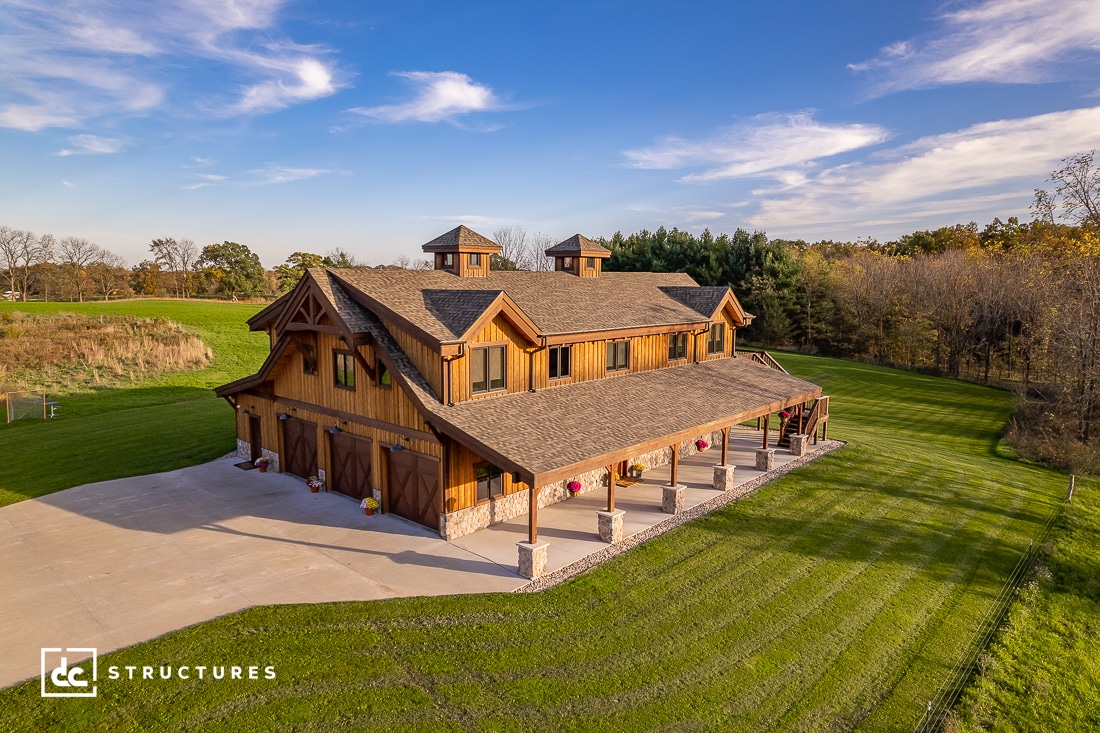 At DC, we pride ourselves on delivering America’s best and most complete pre-engineered building packages. Custom-tailored by our in-house designers and produced off-site using precision CNC technology, our prefabricated home kits are the antithesis of modular and manufactured homes, with our
At DC, we pride ourselves on delivering America’s best and most complete pre-engineered building packages. Custom-tailored by our in-house designers and produced off-site using precision CNC technology, our prefabricated home kits are the antithesis of modular and manufactured homes, with our 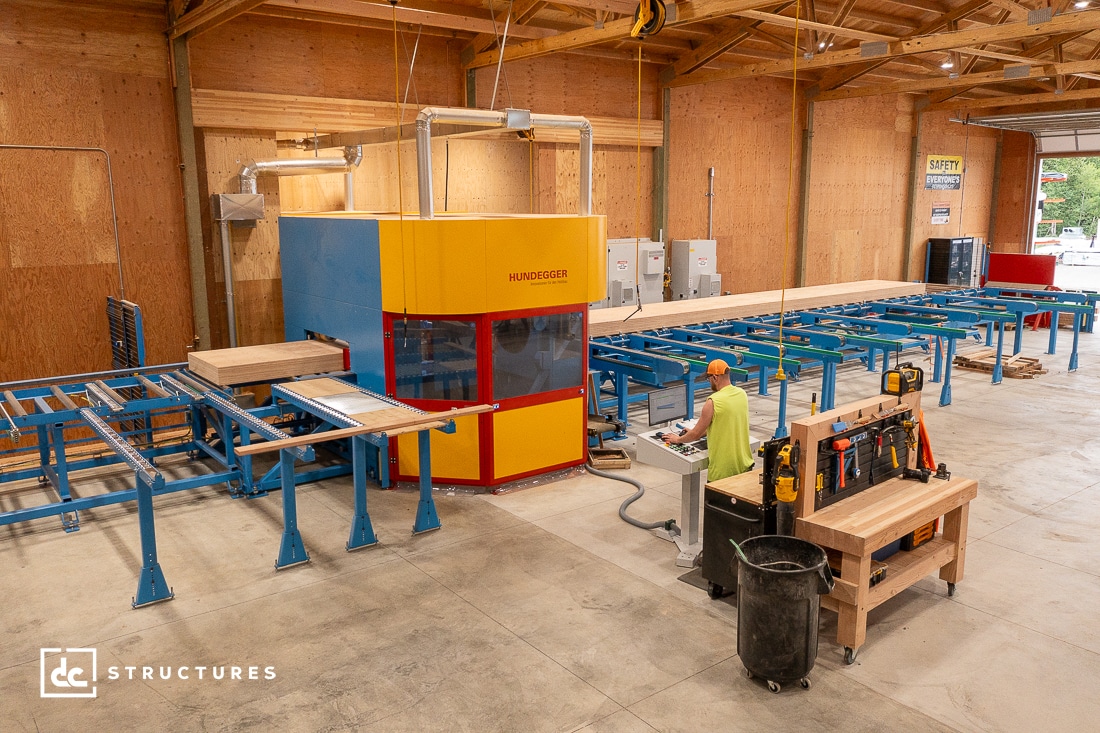 With our machine, our team will pre-cut, pre-drill, and label your lumber pieces to precision, ensuring each component fits perfectly with its connection. This level of accuracy, combined with our premium material supply, creates a recipe for success in our prefab home kit line, resulting in a kit home built to last and protect you in any weather event.
With our machine, our team will pre-cut, pre-drill, and label your lumber pieces to precision, ensuring each component fits perfectly with its connection. This level of accuracy, combined with our premium material supply, creates a recipe for success in our prefab home kit line, resulting in a kit home built to last and protect you in any weather event. 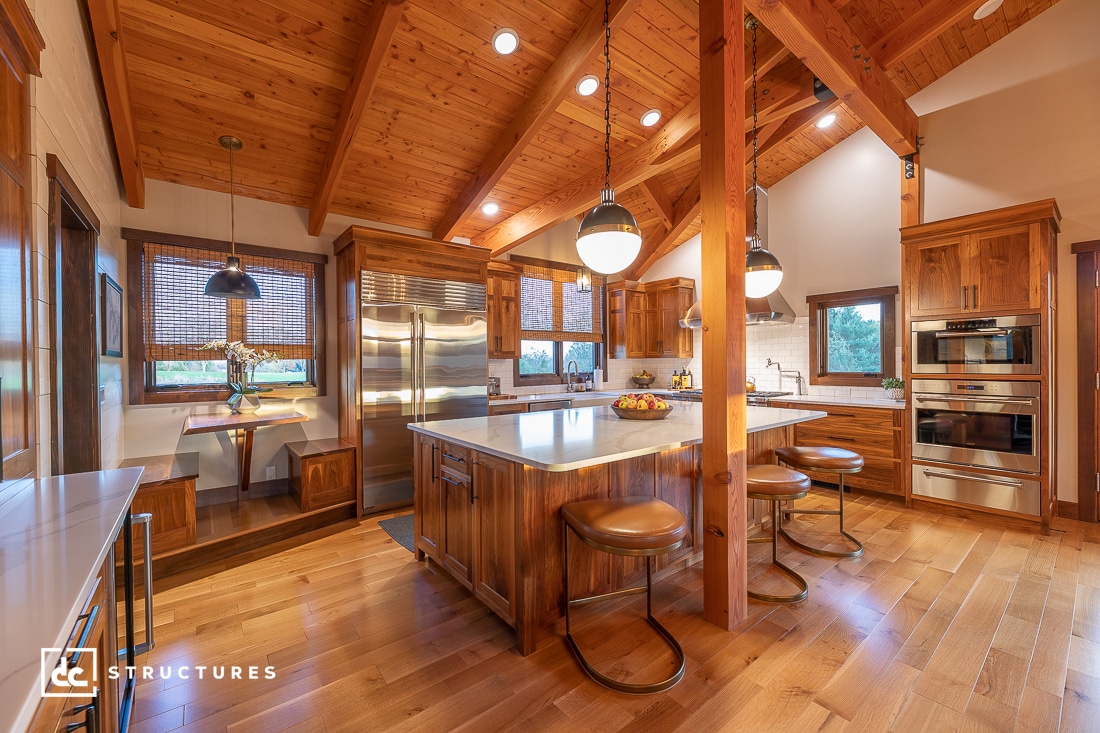 Our close relationships with mill-direct suppliers in the region allow us to purchase these timbers at competitive prices, which we then pass directly on to you. With our team sourcing your materials, you can feel confident that your prefab home kit will be a fortress of strength while embodying the unrivaled beauty of the Pacific Northwest and providing the affordability you seek.
Our close relationships with mill-direct suppliers in the region allow us to purchase these timbers at competitive prices, which we then pass directly on to you. With our team sourcing your materials, you can feel confident that your prefab home kit will be a fortress of strength while embodying the unrivaled beauty of the Pacific Northwest and providing the affordability you seek.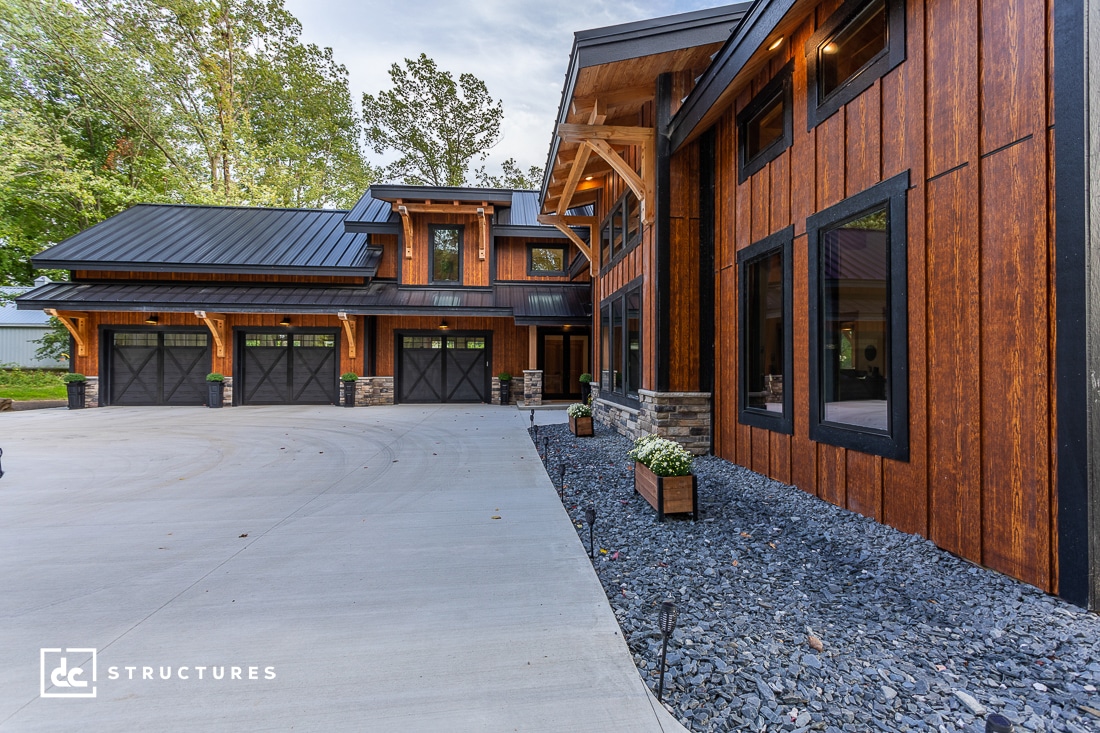 Additionally, if you haven’t already, be sure to check out our Instagram or YouTube pages for more information on our products and to watch video footage of our completed dwellings, customer testimonials, and construction process. We’re in the business of bringing your dreams to life, and it all starts with building your prefab home your way.
Additionally, if you haven’t already, be sure to check out our Instagram or YouTube pages for more information on our products and to watch video footage of our completed dwellings, customer testimonials, and construction process. We’re in the business of bringing your dreams to life, and it all starts with building your prefab home your way. 